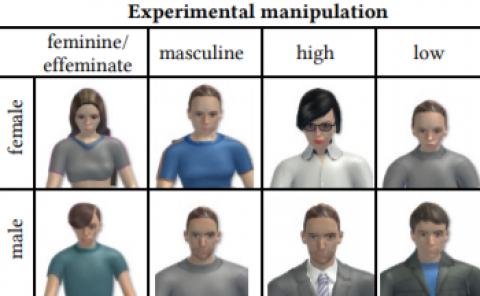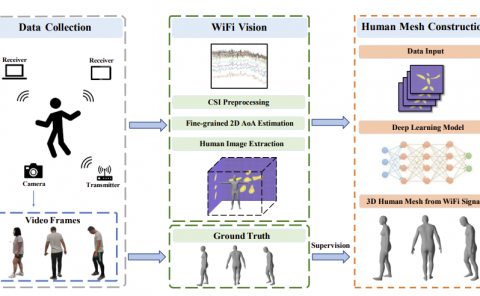Hopping-Pong: Changing Trajectory of Moving Object Using Computational Ultrasound Force
PubDate: Nov 2019
Teams: The University of Tokyo,Tokyo Institute of Technology
Writers: Tao Morisaki, Ryoma Mori, Ryosuke Mori, Yasutoshi Makino, Yuta Itoh, Yuji Yamakawa, Hiroyuki Shinoda
PDF: Hopping-Pong: Changing Trajectory of Moving Object Using Computational Ultrasound Force
Project: Hopping-Pong: Changing Trajectory of Moving Object Using Computational Ultrasound Force

Abstract
Physically moving real objects via a computational force connects computers and the real world and has been applied to tangible interfaces and mid-air display. Many researchers have controlled only a stationary real object by computational force. On the other hand, controlling a moving object can expand the real space that is controllable by the computer. In this paper, we explore the potential of computational force from the viewpoint of changing the trajectory of a moving object. Changing the trajectory is the primitive model to control a moving object, and it is the technological challenge requiring high-speed measurement and non-contact force with high-spatial resolution. As a proof-of-concept, we introduce Hopping-Pong changing the trajectory of a flying Ping-Pong Ball (PPB) using ultrasound force. The result shows that Hopping-Pong changes the trajectory of a PPB 344 mm. We conclude that a computational force is capable of controlling a moving object in the real world. This research contributes to expanding the computationally controlled space with applications for augmented sports, HCI and factory automation.



